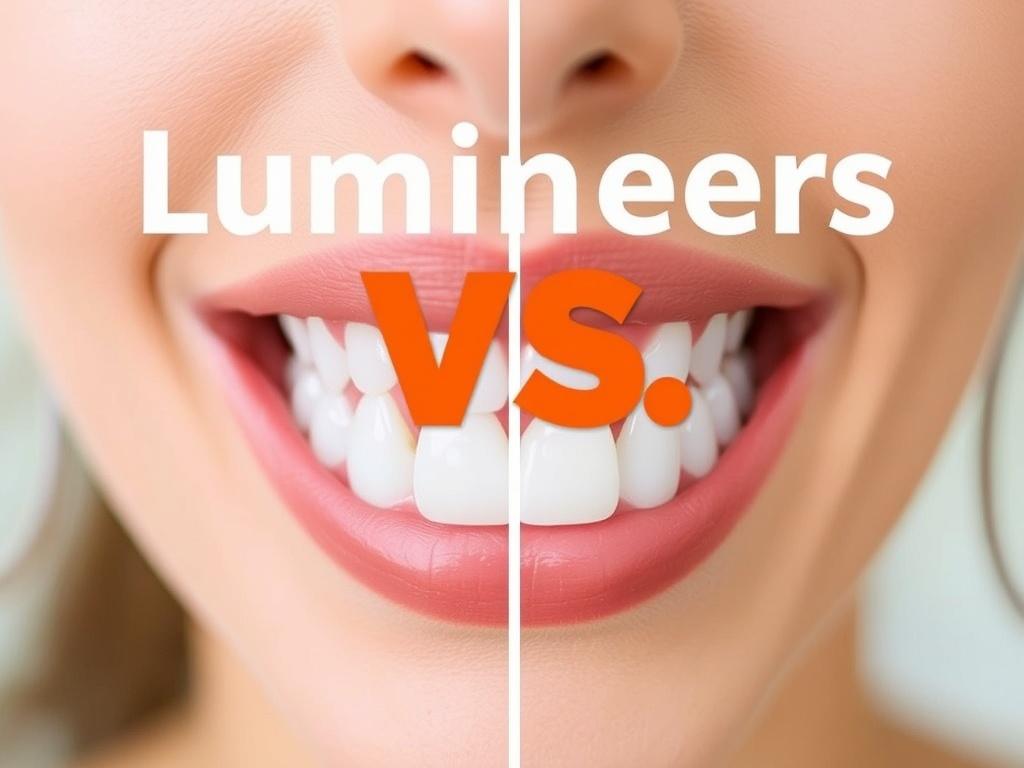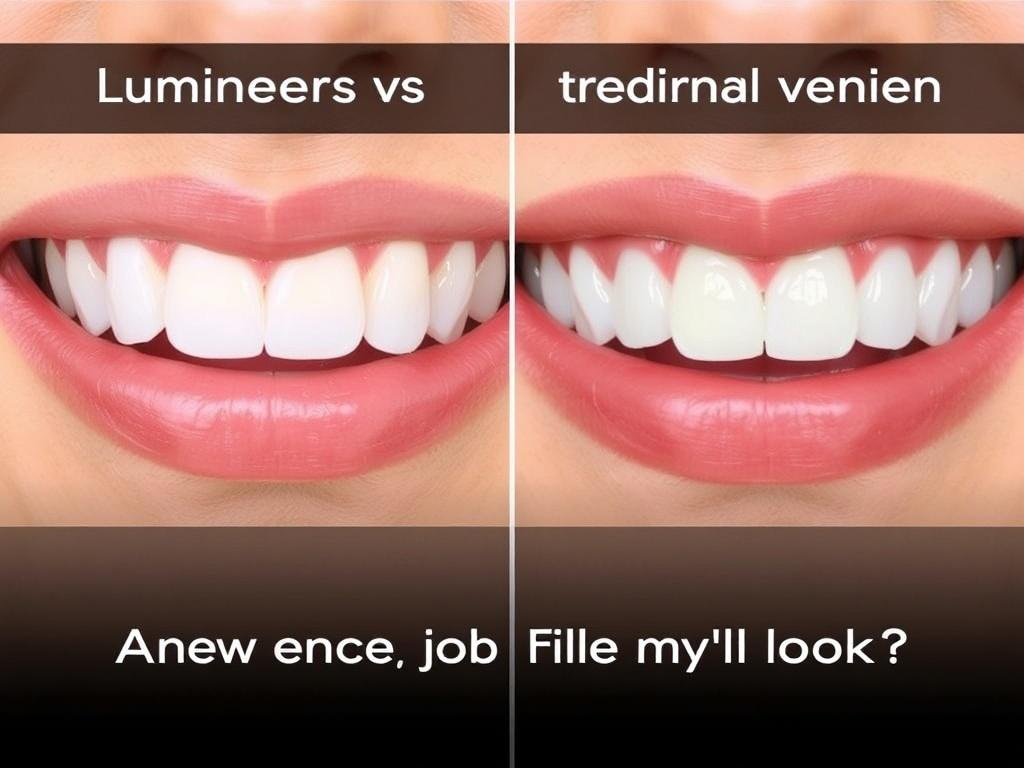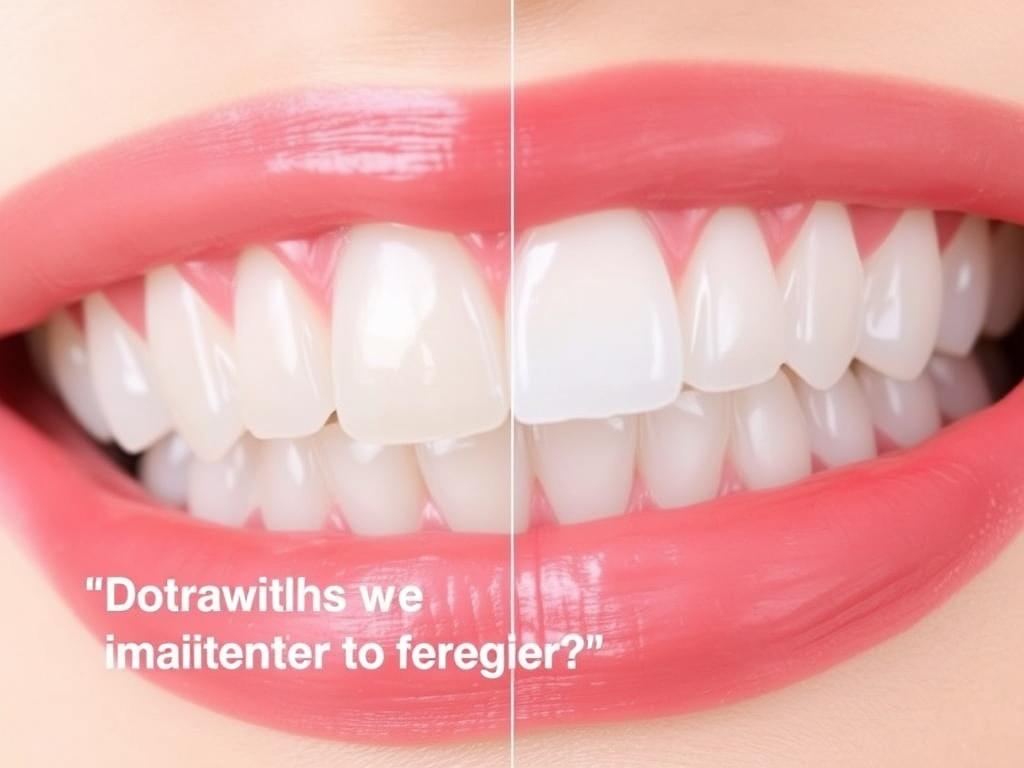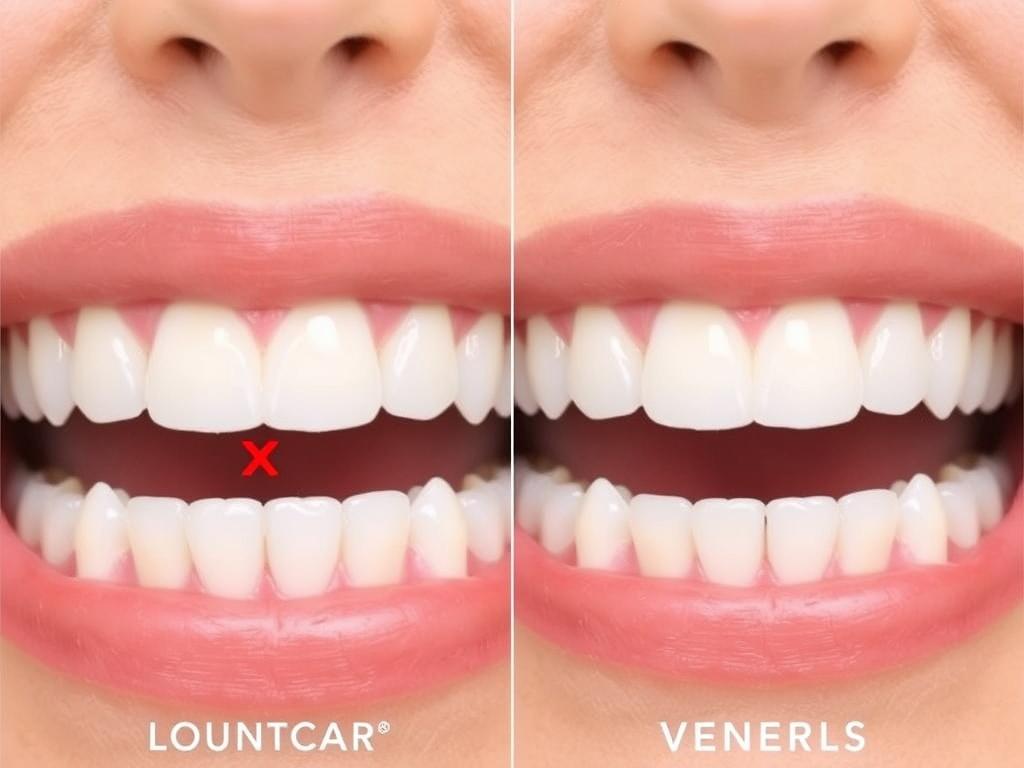When it comes to achieving a dazzling, picture-perfect smile, you’ve probably heard about veneers as one of the best cosmetic dental treatments available. But with so many options on the market, particularly Lumineers vs. traditional veneers, it can be confusing to decide which path to take. Both promise to transform your teeth and boost your confidence, but they differ in important ways—from procedure and durability to cost and appearance. Whether you’re considering a subtle enhancement or a complete smile makeover, understanding these differences can help you make an informed choice that suits your lifestyle and aesthetic goals.
In this article, we’ll take a deep dive into Lumineers and traditional veneers—exploring the unique features, advantages, and potential downsides of each. By the time you reach the end, you’ll not only know what sets these popular dental treatments apart but also which might be the best fit for your teeth and smile ambitions. Let’s get started on your journey to a beautiful, lasting smile!
Содержание
- 1 What Are Veneers? An Introduction
- 2 Comparing the Procedures: What to Expect
- 3 Aesthetic Outcomes: How Do They Look?
- 4 Durability and Maintenance: What Lasts Longer?
- 5 Cost Differences: What Will You Pay?
- 6 Who Is a Good Candidate for Lumineers vs. Traditional Veneers?
- 7 Potential Risks and Considerations
- 8 Care and Aftercare: Keeping Your Veneers Beautiful
What Are Veneers? An Introduction

Before comparing Lumineers vs. traditional veneers, it’s important to understand what veneers actually are. Veneers are thin shells that are custom-made and bonded to the front surface of your teeth to improve their appearance. They are commonly used to fix issues like discoloration, chips, gaps, or misalignment. Think of them as “dental facelifts” that enhance your smile without the need for braces or extensive dental work.
The two main types of veneers you’ll encounter are traditional porcelain veneers and Lumineers, a special brand of ultra-thin veneers. While both serve the same purpose, they vary in thickness, preparation, and application methods.
Traditional Veneers Explained
Traditional veneers are made from porcelain or composite resin material and usually require some removal of enamel from the tooth’s surface—in other words, the dentist carefully files down the enamel to make room for the veneer. This step ensures a natural fit and doesn’t make your teeth look bulky. After preparation, an impression of your teeth is taken, and custom veneers are crafted in a dental lab before being permanently bonded to your teeth.
Because traditional veneers require enamel removal, this process is generally irreversible. However, they are known for their strong durability and ability to resist staining, creating a natural-looking, long-lasting smile.
Lumineers: The No-Prep Alternative
Lumineers, on the other hand, are a type of no-prep veneer made from a patented cerinate porcelain that is ultra-thin, often as thin as a contact lens. These don’t usually require any enamel removal or minimal preparation, making the procedure quicker and less invasive. Lumineers are bonded directly to your existing teeth, preserving the natural structure and minimizing tooth sensitivity associated with grinding down enamel.
If you’re nervous about irreversible dental procedures or prefer a less aggressive approach, Lumineers may seem like an appealing option. However, their thinness can sometimes make them less durable under heavy bite pressure compared to traditional veneers.
Comparing the Procedures: What to Expect
Understanding the process involved in Lumineers vs. traditional veneers can make a big difference in your comfort level and expectations. Here’s a step-by-step overview of what each procedure typically involves:
| Step | Traditional Veneers | Lumineers |
|---|---|---|
| Consultation | Comprehensive dental exam and discussion of cosmetic goals | Comprehensive dental exam and discussion of cosmetic goals |
| Tooth Preparation | Removal of a thin layer (0.5mm — 0.7mm) of enamel to accommodate veneer thickness | Little to no enamel removal; teeth remain mostly untouched |
| Impression/Scan | Impression or digital scan of prepared teeth sent to lab | Impression or digital scan of teeth sent to Lumineers lab |
| Temporary Veneers | Temporary veneers may be placed during the waiting period | Usually no temporaries needed due to no preparation |
| Veneer Placement | Bonding custom veneers to teeth with dental adhesive | Bonding ultra-thin Lumineers to teeth |
| Follow-up | Adjustment visits may be needed | Usually fewer adjustment visits |
As you can see, the traditional veneer process is more involved and requires enamel removal, which means it takes more time, and there’s a bit more sensitivity to consider during recovery. Lumineers can often be completed faster with less discomfort, which appeals to many patients.
Aesthetic Outcomes: How Do They Look?

One of the biggest reasons people choose veneers is the remarkable improvement in their smile. But how do Lumineers vs. traditional veneers compare in terms of visual impact?
Natural Appearance
Traditional veneers are prized for their ability to mimic the natural translucency and texture of teeth. Because they are thicker, dentists can customize the shape and color in subtle ways that reflect your natural enamel, creating a beautiful and lifelike finish.
Lumineers, being ultra-thin, are excellent at enhancing color but sometimes struggle to completely mask darker stains or heavily discolored teeth without showing some underlying shade. This means they may not always deliver the same dramatic change as traditional veneers, but they do shine when applied over relatively healthy, lighter-colored teeth.
Color Options
Both options offer a range of shades from bright white to more subdued natural colors. However, because Lumineers are thinner, their color customization may have some limitations compared to traditional veneers, which allow more latitude in shaping and contouring to get the exact look you want.
Impact on Tooth Shape and Size
Because traditional veneers add a bit more thickness to the teeth, they can be used to alter tooth shape or close gaps more effectively. Lumineers are thinner and less likely to provide significant changes to tooth shape or size, making them better suited for enhancing existing shapes or fixing minor cosmetic flaws.
Durability and Maintenance: What Lasts Longer?

If you’re investing in your smile, you naturally want veneers that stand the test of time. The longevity of Lumineers vs. traditional veneers depends on several factors, including materials, thickness, and your oral habits.
| Aspect | Traditional Veneers | Lumineers |
|---|---|---|
| Material | Porcelain or composite; thicker and highly durable | Patented cerinate porcelain; ultra-thin but strong |
| Average Lifespan | 10-15 years or more with proper care | Up to 10-15 years, though possibly more prone to chipping |
| Resistance to Stains | Excellent resistance | Good resistance, but thinner material may stain slightly |
| Maintenance | Regular dental hygiene; avoid hard biting | Similar maintenance; cautious with hard foods |
| Replacement | Required if damaged or excessively worn | Same as traditional; may be replaced sooner if chipped |
It’s worth noting that if you have habits like teeth grinding or nail biting, traditional veneers might hold up better due to their thickness. Regular dental checkups and good hygiene are crucial for both types.
Cost Differences: What Will You Pay?
Cost is an important consideration. Lumineers often advertise themselves as a less expensive, no-prep alternative, but the reality can vary depending on location, dentist expertise, and the number of teeth treated.
Typical Price Range
- Traditional veneers tend to range between $925 and $2,500 per tooth.
- Lumineers generally cost between $800 and $2,000 per tooth.
Many patients find Lumineers to be a bit more affordable upfront, especially since they don’t require the extra steps for tooth enamel removal or temporary veneers. However, because traditional veneers may last longer and provide a more customized result, some argue the higher initial cost leads to better long-term value.
Insurance and Financing
Most cosmetic dental treatments, including veneers and Lumineers, are not covered by dental insurance since they are elective procedures. However, many dental offices offer payment plans or financing options to make the cost more manageable.
Who Is a Good Candidate for Lumineers vs. Traditional Veneers?
Knowing which treatment is best suited for your dental situation is essential. Here’s a breakdown to help you decide:
Lumineers Are Ideal If You:
- Want a reversible or less invasive cosmetic treatment
- Have healthy teeth with minor imperfections or mild discoloration
- Desire a quicker procedure with minimal discomfort
- Are hesitant about permanent enamel removal
Traditional Veneers Are Better If You:
- Have teeth that require more extensive reshaping or whitening
- Need to cover dark stains, chips, or gaps effectively
- Want a highly durable, long-lasting solution
- Are comfortable with permanent enamel removal for improved results
Ultimately, your dentist will evaluate your oral health and cosmetic goals to recommend the best option for your unique case.
Potential Risks and Considerations
Both Lumineers and traditional veneers carry some risks and considerations you should be aware of before committing:
- Sensitivity: Traditional veneers, due to enamel removal, may cause temporary tooth sensitivity.
- Reversibility: Lumineers are generally reversible since enamel isn’t removed, but traditional veneers require permanent alteration.
- Color Mismatch: Over time, natural teeth and veneers can discolor at different rates, sometimes causing mismatched appearance.
- Chipping and Cracking: Lumineers, being thinner, can be more prone to chipping under heavy stress.
- Adjustment Period: Some patients may notice a slight thickness or feel different bite with Lumineers compared to natural teeth.
Discussing these with your dentist fully will help set realistic expectations.
Care and Aftercare: Keeping Your Veneers Beautiful
Maintaining your new smile is easier than you think, but following some simple guidelines will keep your Lumineers or traditional veneers looking radiant:
- Brush twice a day and floss daily to avoid plaque buildup
- Use a non-abrasive toothpaste to protect the veneer surface
- Avoid biting on hard objects like ice, pens, or fingernails
- Limit staining foods and beverages like coffee, tea, and red wine
- Visit your dentist regularly for cleanings and checkups
Remember, veneers aren’t immune to damage, so a cautious approach helps extend their lifespan.
Conclusion
Choosing between Lumineers vs. traditional veneers is ultimately a personal decision that should be guided by your dental health, aesthetic desires, budget, and tolerance for irreversible treatments. Lumineers offer a painless, no-prep method that appeals to those seeking a conservative cosmetic enhancement without altering their natural teeth much. Meanwhile, traditional veneers provide greater versatility, durability, and customization, making them ideal for more dramatic smile makeovers or teeth with significant imperfections. By consulting with a trusted cosmetic dentist and weighing the pros and cons we’ve outlined, you can confidently select the veneer option that best fits your lifestyle and helps you achieve the smile of your dreams. After all, a smile that makes you feel great is worth every bit of effort!




